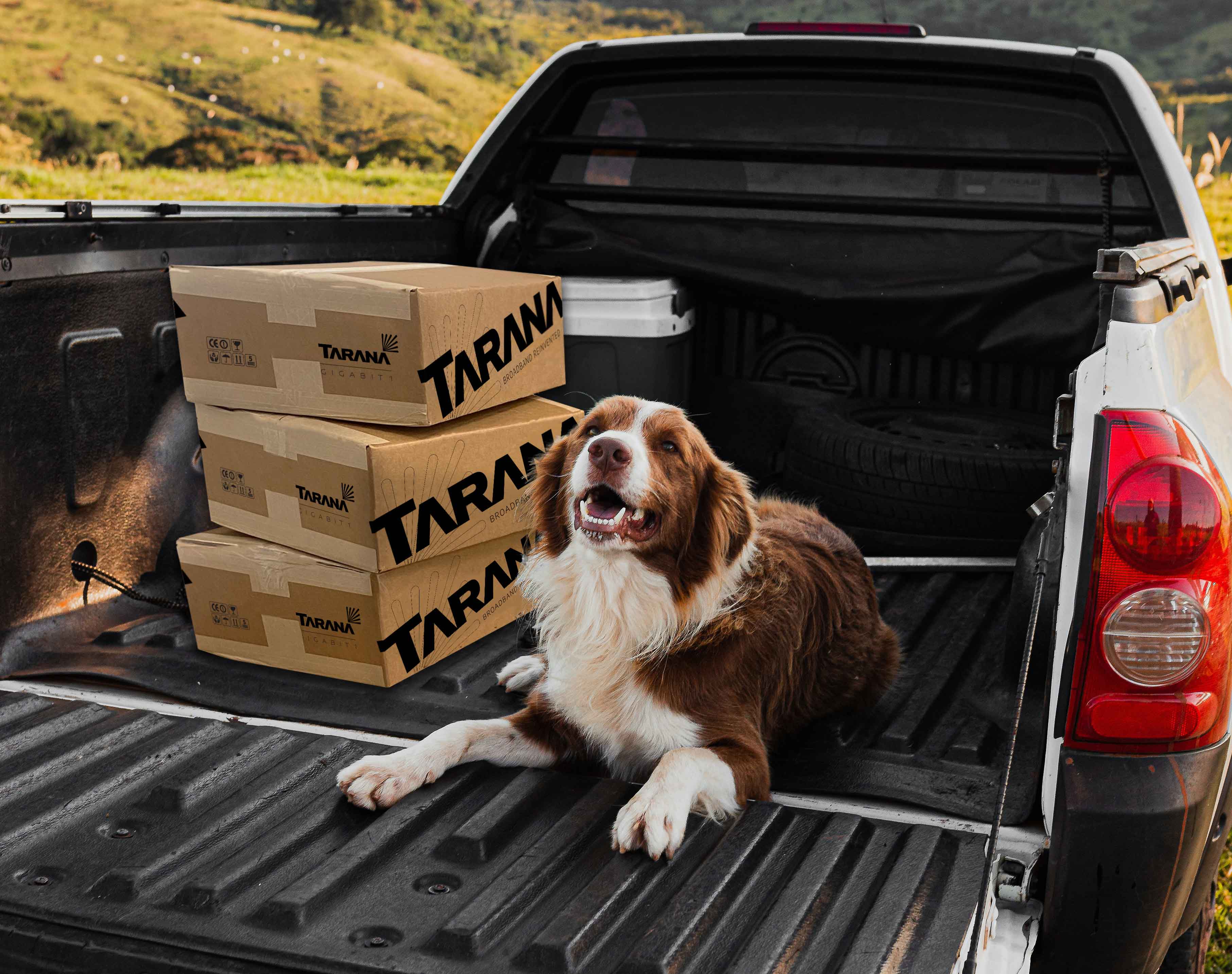Service calls are an inevitable part of an operator’s business. While on vacation recently, a Tarana employee happened to chat with a friend who complained about their wired broadband — low bandwidth, poor reliability, many outages, and seemingly little concern for customer satisfaction. He decided to try a wireless internet service provider to see if that might work better.
On the appointed day, a WISP technician pulled up to his house and proceeded to scope out the building and surrounding area. As it happens, there were a number of mature trees on that street. The tech spent a large amount of time hiking all over the roof looking for visual line-of-sight to a (non-Tarana) AP about 500m away. Nothing worked. The tech said, “Sorry! We can’t help you!” and drove off.
Not to be deterred, the friend called the WISP and asked if they would try again. After all, the AP wasn’t that far away. Surely, something could be done.
Truck roll #2 and a second tech came out, this time with a battery-powered CPE on a short pole. He walked it around the roof. Nothing.
Two truck rolls for the WISP and no subscriber – not even counting the time both the installer and the potential subscriber had to spend on each call. That’s a significant amount of time and effort wasted. Assuming each truck roll and technician’s time works out to an hour and a half service call the operator is out of pocket for those two truck rolls. For zero revenue.
All of that effort — two truck rolls, a willing customer — stymied by four or five large trees. This is, unfortunately, not an isolated occurrence. Failed attempts to bring up new subscriber links happen all of the time. For operators who pay for exclusive marketing rights to a particular area, it can be especially irksome to not be able to reach every part of a market.
If this WISP had been using a Tarana G1 base node and remote node, it would have likely been a completely different story. G1 features digital beamforming and multipath integration that can make the most of getting around obstacles. We even wrote a blog about this that you can read here for more information. The upshot is that G1 was designed from the ground up to not only handle multipath (usually considered a bad thing) but to take advantage of it by using obstructions as a net positive rather than a negative. In essence, all of the RF energy is captured and made full use of to reconstruct the signal.
In the case of our broadband-seeking friend, G1 could possibly have used reflection and diffraction from nearby buildings and other objects to find an optimal path between the two nodes to get around the obstacles. This would have resulted in a new subscriber after just one truck roll rather than no subscriber after two.
We hear stories like this all of the time, both from non-Tarana customers who failed to acquire new revenue and Tarana customers who enjoy the ability to more fully penetrate markets and get new business that was previously unreachable because of obstructions, distance, interference, or other challenging circumstances. Like Ryan Grewell, a G1 customer says, “G1 is completely changing how we pursue markets.”
If you just can’t wait to learn more, check out our other blogs or some of our favorite customer links. Or reach out to us at info@taranawireless.com. We’d love to hear from you.


